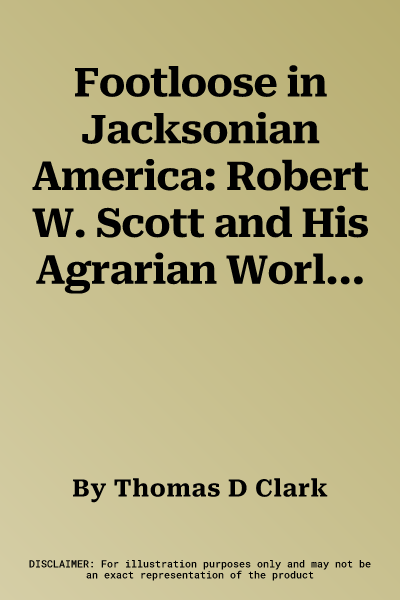In the fall of 1829, young Robert Wilmot Scott rode away from Frankfort,
Kentucky, on a trip that would take him through nine states. His journal
entries about those travels present a vivid picture of Jacksonian
America and of the prominent people of that era. Excellent pen portraits
of James and Dolly Madison, James Monroe, John Marshall, James Buchanan,
Sam Houston, Edward Everett, John C. Calhoun, John Randolph, John Quincy
Adams, and others show Scott to be a careful and detailed observer.
Present at the famous Webster-Hayne debate, he gives a rich account of
that discussion and its personalities.
But not only people attracted Scott's observations. In visits to
Richmond, New York, Boston, Philadelphia, Washington, D.C., and
Pittsburgh, among other places, he gave close attention to public
buildings, universities, theaters, churches, and manufacturing
establishments. His comments on culture and industry detail the
quickening pulse of a burgeoning nation, and compare favorably with more
familiar accounts by James Silk Buckingham or Thomas Hamilton.
In the second half of this work, author Thomas D. Clark traces the later
life of this fascinating diarist. Scott became master of a model
Kentucky plantation, "Locust Hill," and proved to be an important
agricultural reformer. He was active, as well, in education and in
politics. In outlining the career of this agrarian, Dr. Clark has made
an important contribution to the study of southern agriculture and the
men who shaped it. Scott, in his diary comments, made his own
contribution to history by offering fine insights about the world in
which he lived.

